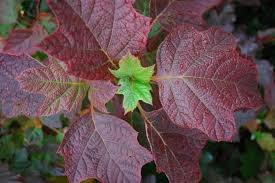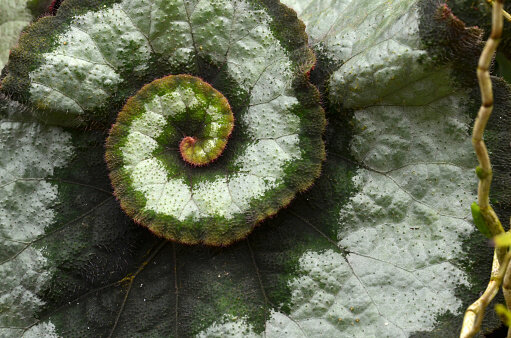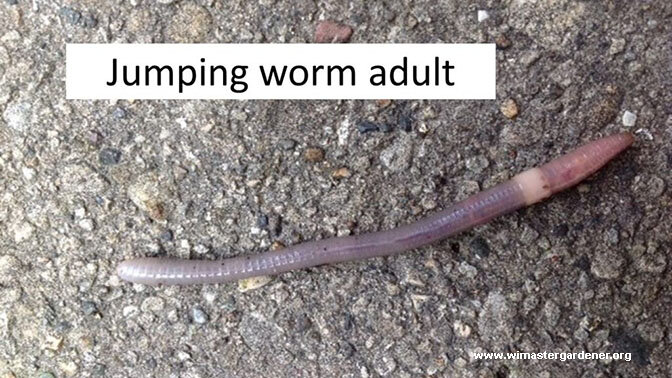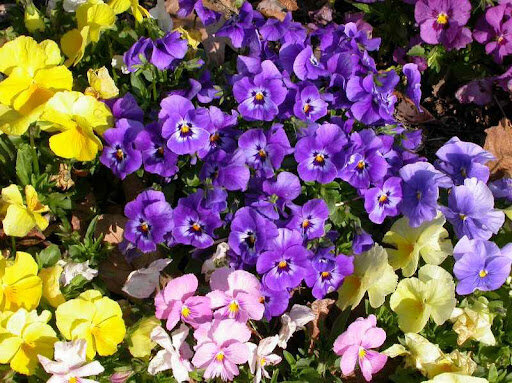We got caught up on some rain here this week, which is great as I still feel like we are behind. Also, when I run around and divide and shove perennials this way and that the day BEFORE we get 2.75 inches, hey, I don’t have to get out the hoses.
Plant of the Week
After choosing non-natives for several weeks in a row, I am happy to have a bit of reprieve by having, this week, the eminently native and simultaneously awesome Oak Leaf Hydrangea. This is a real 4 season winner: bright green promising foliage in spring, white-to-pink flowers in summer, Cra-MAZING wine dark foliage in fall, and exfoliating bark in winter. There can be bitty ones like ‘Pee Wee’ and ‘Little Honey’ (don’t grow the latter for flowers, but instead for lime green foliage), great big ones like ‘Alice’ or medium sized ones like ‘Ruby Slippers’. Who thinks of these names? I think that would be a fun job.
Photo courtesy of Cleveland.com
Guest
Lizzie Fox is wowing the UK with her fresh new approach to selling seeds. They aren’t for veg and they aren’t for old people—well they certainly can be, but one must be young at heart, because it is so joyful to open a beautifully packaged selection from the The Rose Press Garden! She is also a quickly growing force on social. Her Instagram is so cheerful and her videos teach you how to deal with whatever beautiful seeds she sends you in the mail and more. No doubt this thing will continue to grow, as Lizzie’s enthusiasm and knowledge is encouraging people who may not have known ANYTHING about gardening to give it a go. Her most watched YouTube is literally How to Plant…a Plant!
Lizzie and I talk about her business model and why it’s so important to get Into the Garden (you know, I pretty much agree!) and to encourage others to. And, they don’t have to be pensioners to do it!
Lizzie Fox of The Rose Press Garden
The Play List
I mentioned the impact of lighting your garden in the pod, and here is some science on it. It definitely should be carried out thoughtfully because of how it can throw off wildlife. Have a look at this Science Daily article.
Pruning in general: not right now for big jobs unless the branch is dead, diseased, or will whack you in the head.
Terra cotta and other ornaments that may get battered about by temp changes. Bring the fragile bits indoors.
Cut back what you want but mind some of the woody ones—sage, thyme, lavender, perovskia (russian sage), and some people say mums—as they prefer to be left alone until late winter or early spring.
Weather—Time to drain the hoses? Mind the frost warnings.
Bulbs—plant away, but Sister Sue Ann and I will have lots of tips next week!
Think about your containers and annuals in the border—it’s up to you whether you put in your fall or winter displays now or wait. Seems silly to remove perfectly good plants, but then again, a sudden freeze before a dinner party or house guests, and you have one more thing to do…
Cut away annuals in beds instead of pulling to leave the soil intact.
Listen
I had such a lovely time listening to Tom Christopher’s interview with Rebecca McMackin on the October 20 Growing Greener podcast. Rebecca is the Director of Horticulture at the Brooklyn Bridge Park, and the park is a completely man made nature-palooza! Old piers on the previously disreputable East River now support an ecosystem that would be enviable anywhere, but especially in one of earth’s most urban environments. Just goes to show, if you build it, they will come!
Believe it.






























